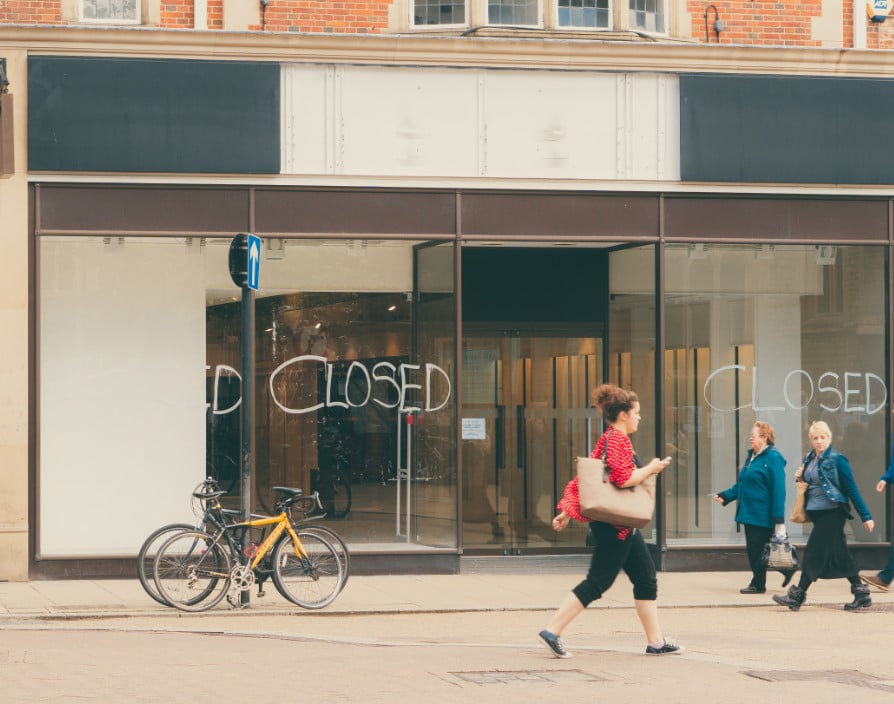A high street under strain
The British high street has endured a great deal of hardship for longer than most business owners care to remember. A slew of negative headlines detailing shop closures of major chains, job losses, and increased vacancy rates has plagued local and national newspapers. Rents have gone up, online shopping has become a preferred channel, and consumer confidence has dipped owing to an uncertain economic climate which has led to a decline in high street spending.
Enhancing the shopping experience
There have been numerous reviews into how to tackle high street decline including The Portas Review (2011), Grimsey Retail Review (2013), and more recently The High Street Review by Sir John Timpson (2018). Each have in some way highlighted how small businesses need to become central to the solution.
It is important to also acknowledge how shopping habits are changing; shoppers are no longer looking for carbon copy high streets with the same chains, selling the same items, week after week. They are now looking for diverse in-store experiences; 68% of consumers say they now want stores to offer experiences, services or leisure activities, according to a report by RetailEXPO.
But while major chains invest tens of thousands of pounds into changing their stores to accommodate these types of experiences in store – for example Lululemon’s in-store yoga classes, Lush’s product demonstrations, LED screens in Primark and YouTube studios in Boots – maybe it’s the grassroots local business that can actually bring footfall and enhance the shopping experience for consumers just by doing what they are already doing.
Thriving indies
Despite the doom and gloom, there are some categories of business that are doing well. According to a newly published review of data, barbers, beauty salons, vape stores, cafes and tearooms, along with restaurants and bars have been the fastest growing retail sectors in the UK over the past three years. These retailers have consistently experienced the highest number of net store openings in 2016, 2017 and 2018.
What these businesses all have in common is that they all provide a personalised service or experience and – or they require consumers to be physically present, bringing footfall into the high street. What’s interesting is that the majority of the businesses found in these categories are independent.
So if we were to look into why these categories are thriving, what would we see? Let’s take a look at them one by one.
Barber Shops
Barber shops are the fastest growing retail category in the UK with the number of new openings increasing by 69% during the last three years. In 2018, 813 new barber shops opened – that’s equivalent to more than two shops opening every day. Further research shows however that this trend has been exhibiting for much longer as between 2012 and 2017 there were 2,221 net barbershop openings. It is perhaps unsurprising in an era where individuals are conscious about personal aesthetics and focused on being ‘selfie ready’, that spending on male grooming went up 1.4% between 2017 to 2018, and the number of clean shaven men falling almost 20% in the last five years.
Beauty Salons
According to the research beauty salons were the second most popular retail category, with new openings rising almost 14% during the last three years. The UK currently has 31,107 beauty salons and 1,512 nail bars. By the increase in openings comes in 2018, a net number of 495 salons opened, up 28% from 2017.
Vape Stores
Vape store were the third fastest growing retail category between 2016 and 2018 inclusive. 2.8 million adults who say they smoked an e-cigarette with the opening of 1,176 new outlets opening in those three years. Vaping’s rise in popularity has been considerable, with uptake ranging from recreation use to using it as a way to give up smoking. It coincides with the number of smoking adults dropping from 7.7 million to 6.1 million in 2017 – and approximately 600,000 people in England say they vape as means to quit.
Cafes and tearooms
The British have always been known as a nation of tea drinkers, but apparently we’re also big fans of coffee too. There are approximately 24,000 coffee shops in the UK, 28% of which are estimated to be independent. Between 2016 and 2018, cafes and tearooms were the fourth fastest growing retail category, but between 2016 and 2017 the net number openings increasing by an enormous 46%. Although this trend hasn’t continued at quite the same speed, the upward trend represents a shift over 10 years whereby the number of coffee shops has increased by 140%.
Restaurants and bars
Restaurants and bars are the fifth fastest growing retail sector in the last three years, with indie restaurant sales making up 68% of sales of a £89.5 billion market. There was a 25% increase in net restaurant and bar openings in 2018 compared to the previous year. Millennials are driving a large part of this dining out culture with 58% saying they eat out at least once a week. A change in attitudes toward food is also apparent with the type of restaurants that are becoming popular – we’re seeing more and more vegetarian and vegan restaurants as consumers sway towards increasingly sustainable choices. Vegan restaurants are the top growing niche restaurant category, with 16 new units opening in 2018.
In conclusion
We have seen that these businesses are thriving for several reasons. They represent a more health and wellbeing-conscious consumer; think vaping, beauty and hair treatments, and a shift towards vegetarian and vegan choices. Or they put an emphasis on self-care and aesthetics; such as beauty salons and barbershops. Furthermore, with the exception of vaping, all involve a social element; they all are an experience which involve interactions and provide consumers with the opportunity to socialise. Do these represent long-term trends, or are they just a flash in the pan? Whatever the case, independents are able to fulfil these requirements and can be flexible to changing consumer demands where big business cannot. Small can also mean personal – providing that made-to-measure experience that so many consumers are looking for.
Share via:


















































